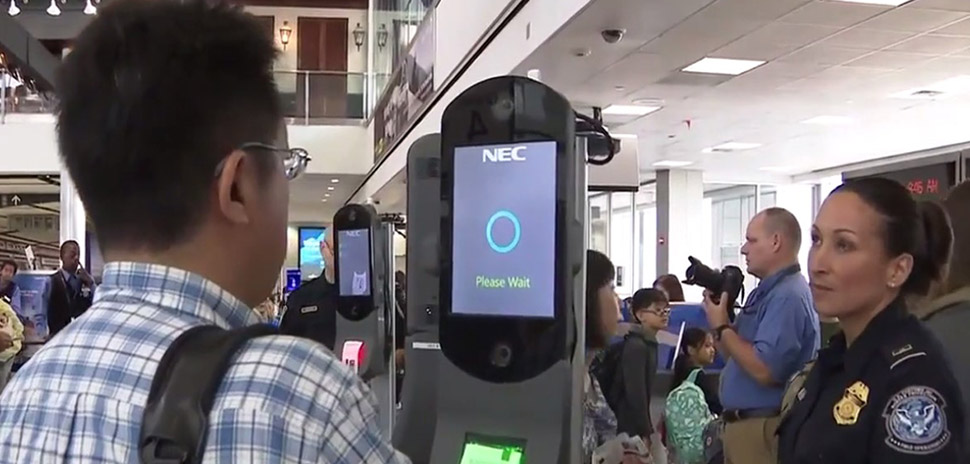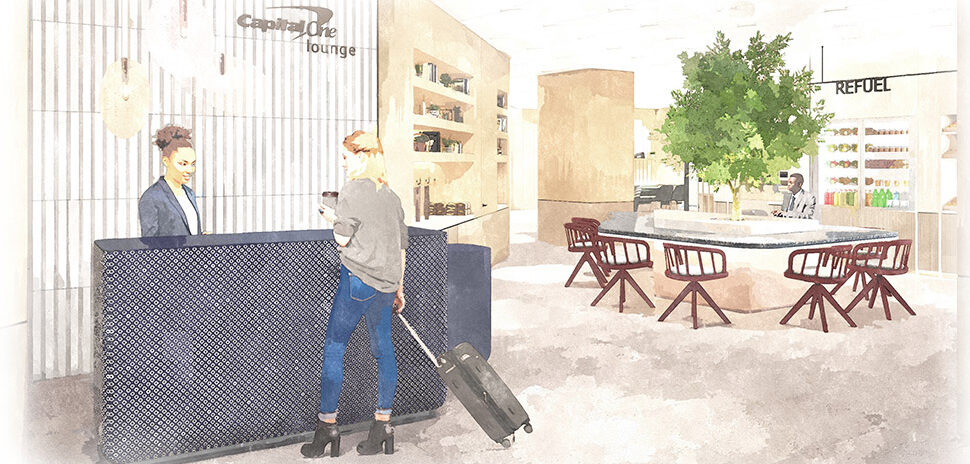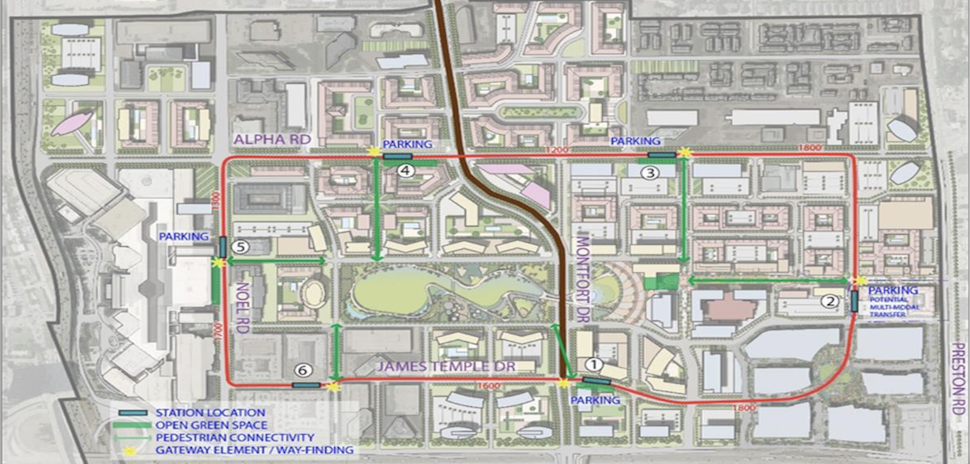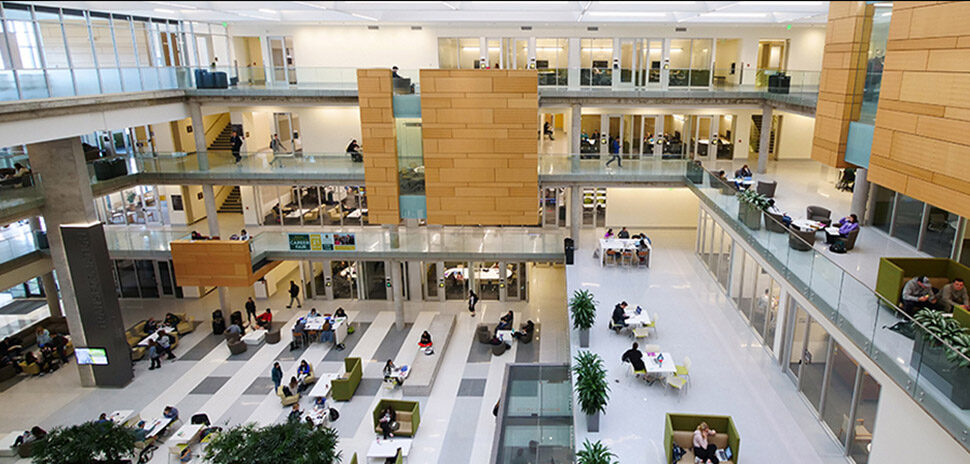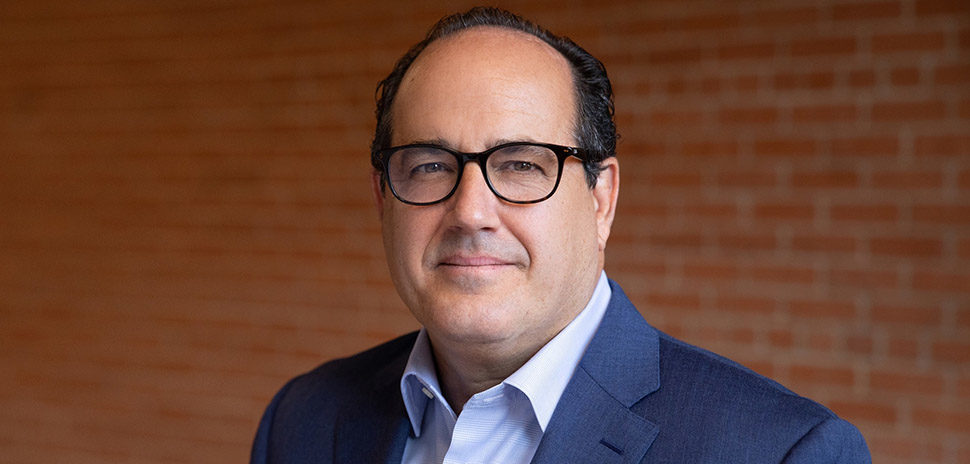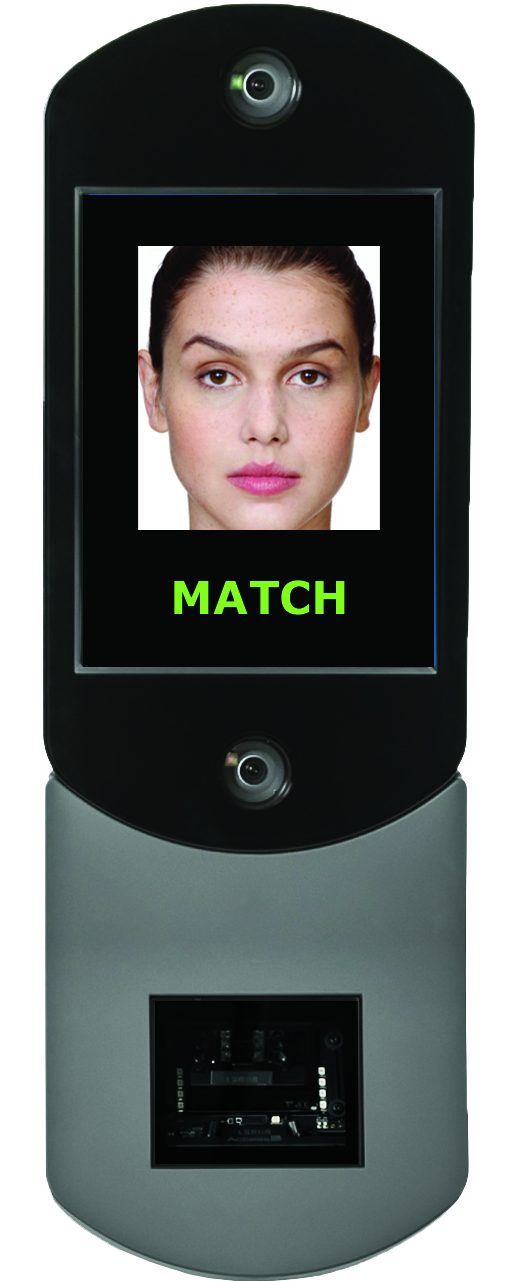
The first pilot program was deployed at Hartsfield-Jackson Atlanta International Airport.
Irving-based NEC Corp. of America has been rolling out more pilot programs for its commercial-off-the-shelf NeoFace facial recognition software at various U.S. airports, in partnership with U.S. Customs and Border Protection.
In 2016, the first pilot program was deployed at Hartsfield-Jackson Atlanta International Airport. More recently, in June, pilot programs were launched at George Bush Intercontinental Airport (which is used by United Airlines on flights between Houston and Tokyo), and at Dulles International Airport in Washington, D.C. The Dulles program is tracking passengers leaving D.C. on Emirates Airlines, headed to Dubai, United Arab Emirates.
The overall goal of the technology is to help CBP and through that, the Department of Homeland Security, keep better tabs on foreign individuals who might be overstaying their U.S. visas and sneaking out of the country.
HOW NEOFACE WORKS
NeoFace’s operation depends on a partnership between the airline and the CBP. The carrier provides CBP with a passenger manifest, which includes passport photos. As passengers get ready to board the plane, they step up to a NeoFace device, which snaps their pictures. NeoFace then digitally compares that photo to the one in the manifest to ensure that the person boarding the plane is the same on the passport. It can also access the passenger’s records as part of an ePassport system.
Though the issue of biometric exit technology and face-scanning could raise a whole host of privacy issues, correctly identifying just how many people are entering and leaving the U.S. has been a mostly unresolved issue since the Sept. 11, 2001 attacks. Right after the attack, the 9/11 Commission recommended that the DHS put a system into place, according to The New York Times. And, while the federal government has spent millions on the issue, officials are still in the “guestimate” game of estimating the number of people who have been in the U.S. illegally after overstaying their visas.
In 2004, Congress tasked CBP with taking biometric information from travelers leaving and entering the country. That same year, fingerprints were taken.
“As technology has evolved, we’ve evolved with it,” Alicia Tellez, chief CBP officer at Houston’s George Bush Intercontinental Airport, told Click 2 Houston.
HOLES IN TRACKING
However, DHS released a report in May, indicating that an estimated 629,000 visitors to the U.S. overstayed their visas in 2016.
As of now, the DHS has trouble documenting visa overstays; without any kind of biometric system in place at the nation’s ports of departure, the DHS falls back on sometimes-inaccurate third-party departure data to confirm that a visitor has left the country, according to The Times. Meanwhile, Immigration and Customs Enforcement, the agency responsible for investigating in-country overstays, must piece together information from dozens of systems and databases, some of which aren’t integrated or even available electronically, according to The Times.
While people leaving the country might seem less of an issue than those entering the country, the DHS’ report pointed out that failure of some people to leave the country when their visas lapse could be a national security risk.
Enter NeoFace, which NEC claims can help register and verify individuals, according to the company’s website.
“NEC is pleased to have participated in the Dulles and Atlanta pilots with CBP and we are glad that our technology can potentially be used to help achieve CBP’s greater missions.” Raffle Beroukhim, senior vice president for NEC Corp. of America Advanced Recognition Systems Division, said in a release.
WATCH
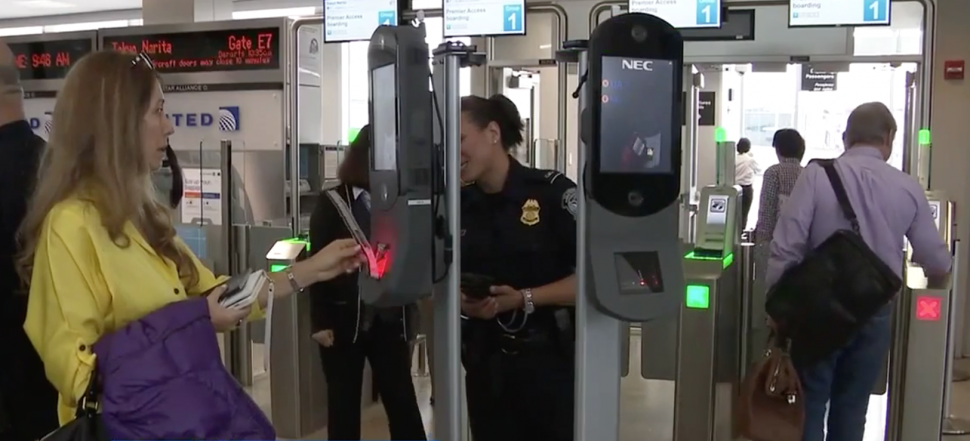
Click to watch the video of a few international travelers leaving Houston’s George Bush Intercontinental Airport going through an extra security check before boarding their plane. [Screenshot: Courtesy of Click2Houston.com]

